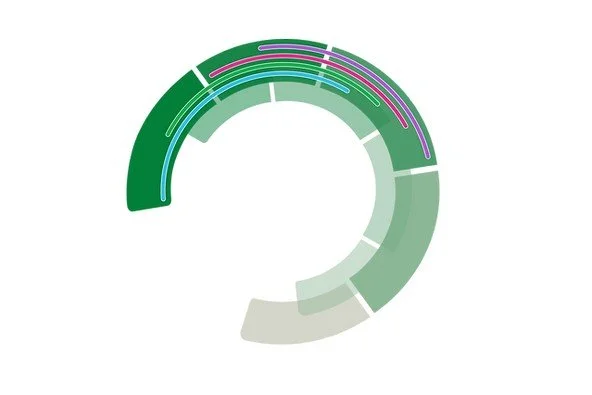Best practices of AI design tools.
The Rise of Artificial Intelligence
The age of artificial intelligence is here. Industries are eagerly embracing AI to automate, innovate and optimize their output. But like any leap in technology, everyone is grappling with the best way to harness this nascent tool.
KAIA has integrated AI into many points in our design workflow. We would like to demystify AI to help you make the most of it, and avid the pitfalls.
How Are People Using AI?
Generative AI models generate high-quality content like images, text, audio. These models learn to create new content based on the patterns and relationships in datasets of existing content. This offers several advantages:
·+ Speed to Market: AI tools can speed the generation of design media.
+ Cost Savings: AI Models reduce creative time and billable hours
+ Faster Iteration: Explore a wide range of possibilities in a matter of minutes
Enhancing the design process
KAIA uses many AI tools throughout our design process to deliver high quality in less time
Midjourney is a generative artificial intelligence program and service that generates images from natural language descriptions, called prompts.
Midjourney is a generative artificial intelligence program and service that generates images from natural language descriptions, called prompts.
Midjourney is a generative artificial intelligence program and service that generates images from natural language descriptions, called prompts.
Midjourney is a generative artificial intelligence program and service that generates images from natural language descriptions, called prompts.
Cutting through the hype
What they’re not telling you about AI
The benefits of AI are undeniable. But in a rush to innovate, many are now discovering the gaps in this novel technology.
- AI Is Imperfect: Researchers found wild fluctuations – called drift – in the technology’s ability to perform certain tasks
- AI Can Create Unreliable Content: Chatbots and ChatGBT can “hallucinations,” citing bogus facts scraped from unvetted sources
- Intellectual Property Concerns: Ethical and legal debates are questioning who may own the rights of content that is AI generated. Who owns the design?
So how can we close these gaps?
Solution: High Tech with a Creative High Touch
Throughout history, as new tools emerged, artists have adapted. Some painters embraced photography. Fine artists became digital designers. As always, the best results are achieved when someone with a well-trained creative eye guides the outcome.
[left circle] AI Generative Design: Fast and lower cost but lacking accuracy and originality
[intersection of circles] AI Guided by Skilled Creatives: Stunning visuals and focused content – while still saving time and money
[right circle] Human Design: On point design detail but more costly and time-consuming
[JL1]Desktop publishing

“Oregon is an inspiration. Whether you come to it or are born to it, you become entranced by our state's beauty, the opportunity she affords, and the independent spirit of her citizens.”
— Governor Tom McCall’s Address to the 1973 Legislature


